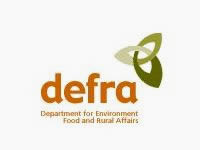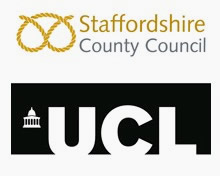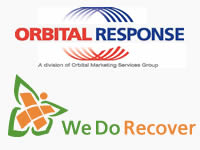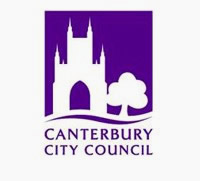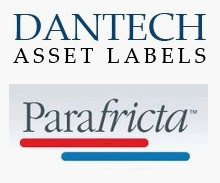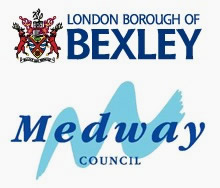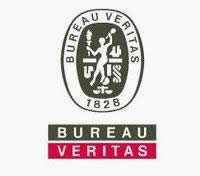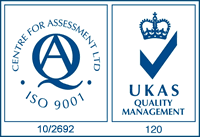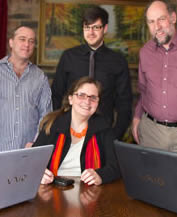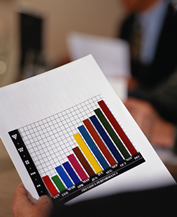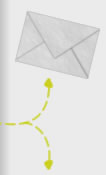Creating your own (DIY) website.
03/01/2009
Creating your own (DIY) website.
To create a website, you need a domain name, some web space or web hosting, a program to transfer files to your web host and a way of creating your website.
Domain name
Your domain name needs choosing with care; if you do not already have a domain name then be cautious about obtaining a domain name via a hosting company; some of these work out very expensive to renew. Make sure you know when your domain name comes up for renewal (usually after 2 years) and make sure you do not lose it. Every day hundreds of old domain names are deleted when the original owner forgets to renew them. Cornish WebServices can arrange a domain name, and for more detailed information of domain names see our domain name information page.
Web Hosting
Web space or web hosting is now much cheaper than a few years ago, and so if you selected your web host several years ago it may be worth shopping around. The standard features offered have also improved. Cornish WebServices can also arrange very competitive web hosting. For basic web hosting you should be able to get webstats, cgi/php scripts and multiple email accounts. We would not recommend using the free web space provided by ISP's for most websites. For more detail on choosing an appropriate host for your website, see our web hosting page.
FTP programs
An FTP (File Transfer Protocol) Program is an easy way of transferring files between your computer and the host computer. There are a variety of FTP programs available at little or no cost on the Internet.
Website design
It is possible to download a free FTP (file transfer protocol) program from the Internet and use NotePad or a free HTML editor to design your own website. Provided your time is no cost, then this is a good option for anyone who has good design and computer skills for a simple website.
If you are taking this DIY route, then before starting work on your website, we would recommend you spend a few evenings reading about accessibility and search engine optimisation, as this is the area that most DIY websites fail on. It is also worth bearing in mind that to advertise a poorly written website on the Internet will often cost more than paying someone to create a search engine optimised website that requires little 'paid' advertising to be seen. A large part of our work is in making inaccessible websites accessible and search engine optimisation of existing websites.
We would not recommend this DIY approach for e-commerce websites, as there are many more complex issues to consider, not least security of information. Credit card details should never be keyed into a website unless the page is on a secure server and all information sent is encrypted.
Most websites consist of headings, various navigation areas, search facilities and page content. A well designed website is likely to separate out much of the navigational relatively complex code from the page content. Cornish WebServices are happy to design websites for the client to maintain and adapt the page content. This has many benefits for the client; they get the expertise of a professional web designer in creating a search engine optimised and accessible website, whilst the client makes changes to the page content - requiring a more detailed knowledge of the particular subject area of the website. This can either be done with the client maintaining the html code, or via a graphical content management system.



